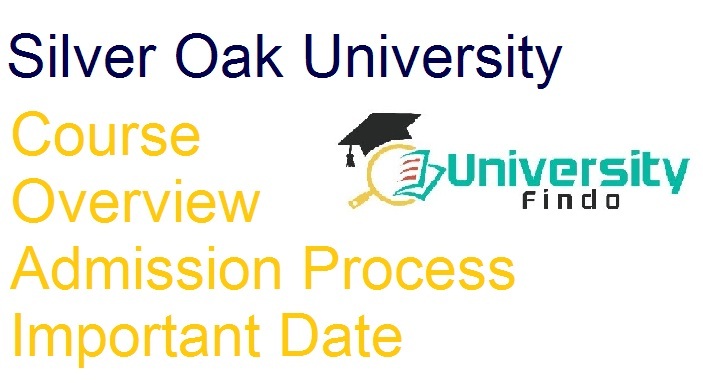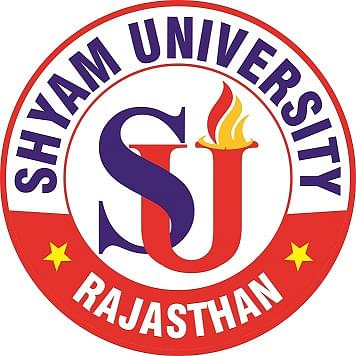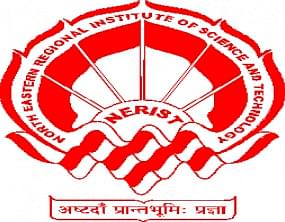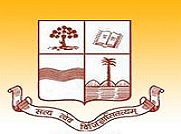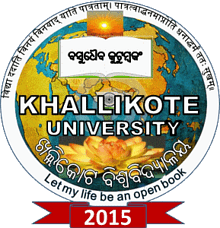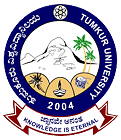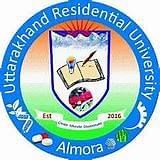Tula Institute: BRIT
Introduction, Admission, Eligibility, Duration, Syllabus
Introduction about BRIT
A Bachelor of Radiology & Imaging Technology (BRIT) is an undergraduate program by The Best Institute of Dehradun focusing on medical imaging and diagnostic technology. This comprehensive course combines theoretical knowledge with hands-on training in radiography, ultrasound, and other imaging modalities. Students study anatomy, physiology, and radiographic techniques, gaining expertise in capturing medical images for diagnostic purposes. The curriculum emphasizes patient care, radiation safety, and image interpretation. BRIT graduates are equipped to operate advanced medical imaging equipment, contribute to disease diagnosis, and play a vital role in healthcare settings. The program prepares students for careers as Radiologic Technologists, Imaging Specialists, and allied healthcare professionals.
How can I apply for admission to
BRIT?
1.
The process for applying to Top Institute in Dehradun for BRIT , follow these general steps: Research
Institutions:
·
Identify universities or colleges that offer BRIT programs.
Ensure they are accredited and have a reputable curriculum.
2.
Check Eligibility:
·
Review the eligibility criteria set by the institution. Ensure
you meet the educational and other requirements.
3.
Entrance Exams:
·
If there are entrance exams, prepare for and take them as
required. Some institutions may use standardized tests, while others may have
their own entrance exams.
4.
Application Form:
·
Obtain the application form from the official website of the
chosen institution or through their admission office. Some institutions may
offer online application options.
5.
Complete Application:
·
Fill out the application form accurately and completely. Provide
all necessary information, including educational qualifications and personal
details.
6.
Attach Documents:
·
Prepare and attach the required documents, such as high school
transcripts, certificates, identity proof, and any other documents specified by
the institution.
7.
Application Fee:
·
Pay the application fee, if applicable. Some institutions require
a fee to process your application.
8.
Submit Application:
·
Submit your completed application form and supporting documents
to the admission office of the institution by the specified deadline. This may
be done online or through postal mail, depending on the institution's process.
9.
Entrance Interviews or Counseling:
·
Be prepared for any entrance interviews or counseling sessions
that may be part of the admission process.
10.
Track Application Status:
·
Monitor the application process and check for updates on your
application status. Some institutions provide online portals for applicants to
track their progress.
11.
Acceptance and Enrollment:
·
If accepted, follow the instructions for enrollment, which may
include submitting additional documentation, paying fees, and attending
orientation sessions.
What is the eligibility for BRIT?
The eligibility criteria
in The Best College in Dehradun (BRIT)
programs may vary slightly from TULA Institute. However, here are some common
eligibility requirements:
- Educational
Qualifications:
- Completion
of 10+2 or equivalent examination from a recognized board.
- A
background in science subjects, particularly Physics, Chemistry, and
Biology, is often required.
- Minimum
Aggregate Marks:
- Many
institutions specify a minimum aggregate percentage in the qualifying
examination, typically ranging from 45% to 60%.
- Entrance
Exams:
- Some
institutions may conduct entrance exams as part of the admission process.
Students need to qualify in these exams to secure admission.
- Age Limit:
- There
is usually an age limit for admission, and candidates are often required
to be between 17 and 25 years old. Age limits can vary by institution.
- Medical
Fitness:
- Applicants
are often required to submit a medical fitness certificate from a registered
medical practitioner to ensure they can meet the physical demands of the
program and the profession.
- English
Proficiency:
- Proficiency
in English may be required, and some institutions may ask for scores from
standardized English proficiency tests like IELTS or TOEFL for
international students.
- Counseling/Interview:
- In
some cases, candidates may need to participate in counseling sessions or
interviews as part of the admission process.
- .
·
.
How long does it take to complete
BRIT?
A Bachelor of Science in
Nursing (BRIT) typically takes four years to complete. The program combines
theoretical coursework with practical clinical experiences, covering subjects
such as anatomy, physiology, pharmacology, and nursing practice. The curriculum
also includes hands-on training in diverse healthcare settings, equipping
students with the necessary skills for patient care. Throughout the four years,
students gain a comprehensive understanding of healthcare, develop critical
thinking abilities, and prepare for professional nursing practice. Upon
successful completion, graduates are eligible to take licensing exams and
embark on fulfilling careers in various healthcare settings.
Internship opportunities after
completing BRIT?
After completing BRIT at The
Best Institute of India there are several internship
opportunities available in various sectors of the science. Here are some
potential areas where you can find internship opportunities:
- Radiology
Departments:
- Internships
in hospital radiology departments, where graduates work alongside
experienced radiologic technologists and gain hands-on experience with
various imaging modalities.
- Diagnostic
Imaging Centers:
- Internships
in standalone diagnostic imaging centers, providing exposure to a variety
of imaging technologies and procedures.
- Specialized
Imaging Units:
- Opportunities
in specialized units such as MRI, CT, or interventional radiology,
allowing graduates to focus on specific imaging modalities.
- Health
Clinics:
- Internships
in health clinics or outpatient facilities, contributing to the imaging
needs of diverse patient populations.
- Trauma
Centers:
- Experience
in trauma centers, participating in emergency imaging procedures and
diagnostics.
- Research
Institutions:
- Internships
in research institutions involved in medical imaging research,
contributing to advancements in imaging technology and techniques.
- Industry
Internships:
- Opportunities
with companies involved in the development and manufacturing of radiology
equipment, offering insights into the industry side of the field.
- Telemedicine
Platforms:
- Internships
with telemedicine platforms that utilize imaging technology for remote
diagnostics and consultations.
9. .
Syllabus of BRIT?
The Bachelor of Radiology
& Imaging Technology (BRIT) syllabus typically includes courses in anatomy,
physiology, radiographic physics, imaging techniques, pathology, radiation
protection, equipment operation, and clinical training. Students learn to
produce and interpret medical images using X-rays, CT scans, MRI, and other
modalities. Emphasis is placed on patient care, ethical considerations, and
research methodology. Practical experience in healthcare settings enhances
hands-on skills. The curriculum aims to equip graduates with the knowledge and
proficiency needed for careers as Radiologic Technologists, Imaging
Specialists, and healthcare professionals in diagnostic imaging. Specific
subjects and their depth may vary among institutions offering the program.
Conclusion:
If you want
to take admission BRIT and for more detail kindly contact with us :

